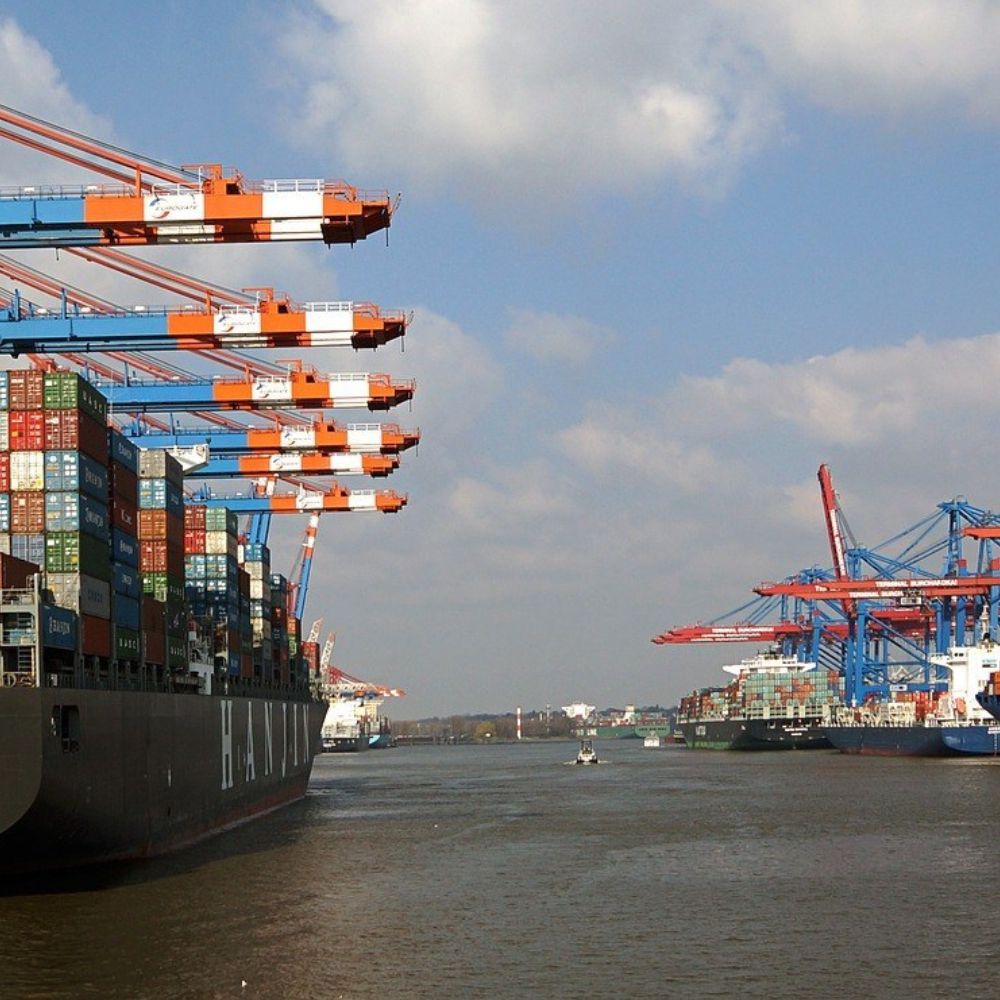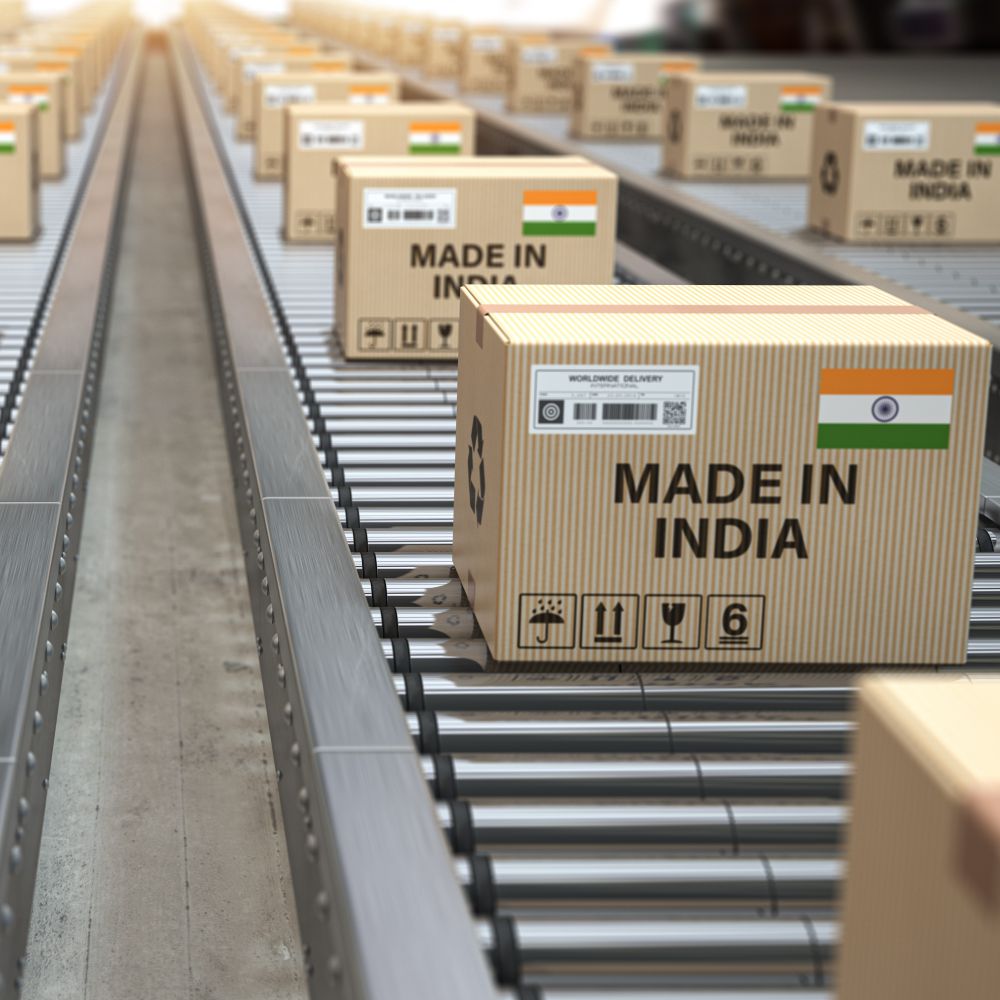Though Supply Chain Finance (SCF), as a concept, has existed since the 1990s, it is finding greater relevance in today’s market. SCF continues to gain pace, with global volumes growing by nearly 50% from the pre-pandemic level and significant increase in utilization, as per some research reports. It is expanding faster than ever for new as well as existing businesses. This feature story captures the growing expanse of SCF and what lies ahead…
Growth in supply chain finance has been ongoing for over a decade with the pace accelerating in the past two years and showing no sign of slowing down. According to Allied Market Research, a strong surge has been witnessed in the acceptance of supply chain process finance in emerging economies to drive the growth of the global supply chain finance market. The COVID-19 pandemic substantially enhanced the demand for new technologies including electronic invoicing, artificial intelligence, smartphone, and mobile internet access, and blockchain in business transactions, which propelled the growth of the global market. The global supply chain finance market generated $6 billion in 2021, and is projected to reach $13.4 billion by 2031, growing at a CAGR of 8.8% from 2022 to 2031.
According to FCI, the global representative body for factoring and financing of open account domestic and international trade receivables, 2021 world factoring statistics report, the factoring and receivables finance industry volume witnessed a significant growth of +12.6% in 2021. This increase comes after the devastating impact of Covid-19 in 2020, which caused a staggering decline of -6.5% in volume, the single worst year reported by FCI since it began reporting the global statistics in the late 1970s. Compared with the previous year’s €2,724 billion, the 2021 estimated volume of €3,069 billion represents the first double-digit increase reported in over two decades. Each region was affected slightly differently and the gradual ‘return to normal’ has been different, with some showing more progress than others.
The Asia Pacific region represents approximately 24% of global volume with €726 billion, which experienced an increase of +4.2% over 2020. In 2021, the volume of €538 billion relates to the Greater China region, including Mainland China (+2.7%), Hong Kong (-3.8%), and Taiwan (+15.3%). Japan displayed a growth rate of +14.5% reaching €59 billion. India experienced the most explosive growth rate of +141% with €8.6 billion.
THE ROLE OF FINTECH IN THE SUPPLY CHAIN
A research paper by Asian Development Bank (ADB) stated that banks and traditional financiers have struggled to meet the rising demand for supply chain finance (SCF), including the payables finance variation. A fundamental issue many financiers face is the lack of cost-effective infrastructure, which presents a critical barrier to carrying out SCF at scale.
The 2020 Global Survey on Trade Finance by the International Chamber of Commerce identified the lack of a dedicated SCF platform as the major challenge banks face in delivering SCF, with 39% of banks reporting this as a primary area of concern. The survey found that 64% of global banks currently offer SCF and the majority that do (65%) have developed a proprietary system to service their SCF offering.
In recent years, a cohort of financial technology (fintech) providers focusing on SCF have emerged. They are incorporating technology to help bridge the financing gap by creating platforms, which can effectively service suppliers and buyers on a global scale. There are currently around 255 fintechs, which have developed a dedicated SCF offering, often linking their SCF offering into a broader trade digitisation platform. These companies have attracted $5.6 billion in cumulative equity financing since 2000, and they continue to grow. However, these fintechs often don’t have the wherewithal to act as lenders. In such situations, they often partner with financiers, associating with multiple financiers, to reduce risk and dependency on a single source of funding.
ENABLING TECHNOLOGY
New age technological developments provide better ways of managing finances and minimising the financial risk taken on by different entities involved in these supply chain financing agreements. An increasing number of trade finance companies are utilising the expertise of financial technology companies to track changes in the market and manage the complicated logistics involved in international supply agreements.
Technological developments such as Machine Learning, Artificial Intelligence, Blockchain, Internet of Things can prove to be beneficial for the SCF industry going ahead. For instance, the Internet of Things (IoT) can be implemented at various stages of supply chain financing to make the entire process more transparent, efficient, responsive, and reactive. Additionally, supply chain financing can deploy AI to improve working capital and empower greater access to the suppliers.
Data analytics and big data are being used by companies to spot gaps in international trade markets, which could lead to new products or improved methods of resource distributing from suppliers globally. Data analytics is also finding increasing acceptance in tracking shipments, analysing the credit worthiness of buyers, creating risk-free money lending agreements, analysing the efficiency of supply chain trade, and so on.
Banks and other lenders also have potent opportunities by utilising the data available to them. Data analytics can help companies in analysing the behavior of companies when it comes to funding their suppliers as well as their payments and receivables pattern. Based on that, companies are in a better position to rework their methods of doing business to eradicate any possibilities where there are chances of a potential money loss. Financing firms are deploying data analytics solutions to gauge the financial muscle of companies, which facilitates them to create an effective financial agreement with their suppliers. Analysing a complex set of financial information via computer has the potential to generate different solutions for working with potential risks.
Technologies such as artificial intelligence would further advance in the world of supply chain finance. These technological learning systems could assess data on a global level to provide insight into the bigger picture of global trade, as well as individually discover ways in which companies can benefit from a particular financing method.
SHAPE OF THINGS TO COME
McKinsey estimates that an improved global trade finance ecosystem could help to create a significant proportion of the 600 million new jobs needed by 2030 to absorb the growing global workforce, especially in the face of increasing automation, which is removing many low-skilled jobs within sectors such as retail, distribution, and manufacturing. Recently, the Financial Accounting Standards Board (FASB) issued an Accounting Standards Update (ASU) with a view to enhance the transparency about the use of supplier finance programs for investors and other allocators of capital. The ASU affects buyer companies that use supplier finance programs in connection with buying goods or services. By entering into supplier finance programs with finance providers, suppliers have the option to be paid by a third party in advance of an invoice due date, based on invoices that the buyer has confirmed as valid. These arrangements are also commonly known as reverse factoring, payables finance, or structured payables arrangements. “The FASB’s new ASU responds to requests from investors for greater transparency around a buyer’s use of supplier finance programs,” stated FASB Chair Richard R. Jones. “It enhances transparency by requiring new disclosures intended to help them better consider the effect of these programs on a company’s working capital, liquidity, and cash flows over time.”
Under the new ASU, a company that uses a supplier finance program in connection with the purchase of goods or services will be required to disclose sufficient information about the program to allow a user of financial statements to understand the program’s nature, activity during the period, changes from period to period, and potential magnitude. According to experts reacting to this announcement, “While greater disclosure might be the ‘Gold Standard’ for analysing behavior and transparency in payment terms, supply chain financing is still at its infancy and hasn’t reached that level of maturity. For this to happen, the industry should first establish a market driven and data-signaling infrastructure that provides the framework to develop acceptable payment terms and working capital efficiency for all stakeholders involved.”
The next step in this evolutionary journey, according to Bank of America, is going to be ‘Supply chain as a Service’. This exciting blend of multi product platforms, cloud-based app technologies and AI can help you create a custom ecosystem based on customers’ unique needs, enabling them to embed financing solutions directly into their ERP system.
Significant developments are at play when it comes to supply chain financing in India as well. Recently private sector bank IndusInd Bank announced its partnership with Asian Development Bank (ADB) to create a partial guarantee programme to promote supply chain finance solutions in India. The initiative will have an initial outlay of $70 million (Rs560 crore). IndusInd already has a few product structures for SCF, and a digital portal called ‘earlyCredit’ to enable supply chain financing for corporates, suppliers and dealers.
Axis Bank has also signed an agreement with ADB to enable it to provide more supply chain finance to small and medium-sized enterprises, with a focus on ESG and priority sectors. The deal, which takes the form of a partial guarantee facility agreement under the ADB’s Trade and Supply Chain Finance Programme (TSCFP), will see the ADB provide guarantees to the lending done by Axis Bank to support supply chain financing for impact sectors. The agreement is scalable, with an initial foundational ramp up of nearly US$150mn.
Deutsche Bank is also looking at supply chain financing as an emerging asset class. According to company officials, “It has much lower volatility or lower correlation compared to other types of assets. Its performance is also much more stable. That’s why distribution has become an important area in order to further grow the supply chain finance business.” There is a greater traction of new investors showing strong interest in trading such assets. Deutsche Bank has been actively investing in enhancing such capability. The bank has set up its own digital supply chain finance platform and launched a new supplier portal with a self-onboarding feature. It has also come up with a user-friendly data analytics dashboard that gives clients a clearer overview of their payables and receivables.
Together with more than 200 banks and corporate sustainability leaders, the International Chamber of Commerce (ICC) is currently developing the first industry taxonomy to define what constitutes a sustainable trade finance transaction – filling a major gap in existing practice. According to John W. H. Denton, Secretary General, International Chamber of Commerce (ICC), “We see a remarkable opportunity to align the trade finance market – currently valued at US$5trn annually – with the Paris goals and sustainability objectives. To deliver on these, we need the collective cooperation of the private sector and financial institutions with governments to mobilise much needed climate finance and to scale-up efforts to mitigate and adapt to climate change.”
Times are rife for a great change and for that, all the stakeholders – regulatory bodies, financing firms, technology players and corporates – need to play their part and ensure that supply chain financing is a secure, transparent, and hassle-free affair.
Non Fungible Token (NFT) and SCF
Experts are mulling over the scope of Non Fungible Token (NFT) in supply chain financing. NFTs are digital tokens that can represent ownership of unique items and can only have one owner at a time. If applied to common trade finance instruments like a promissory note or a bill of exchange, these technological traits can lay the necessary groundwork for process digitalisation. The metaverse also has implications for trade beyond just transactional efficiency. Over the years, fast-paced technological advancements, be it the telegraph or the internet, have only strengthened cross-border commerce and made trade more efficient. Going by the fast shaping up trend, the metaverse might just be the next development in line. Source: Trade Finance Global

Categories

Magazine Editions






















